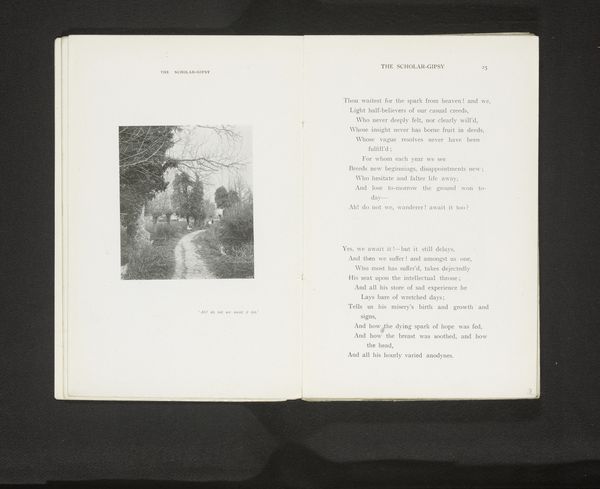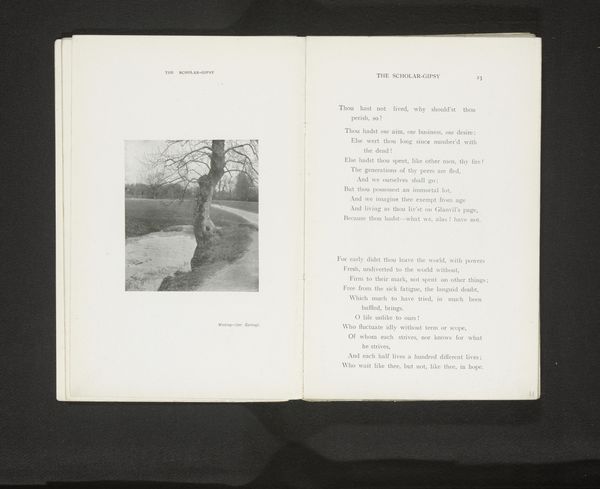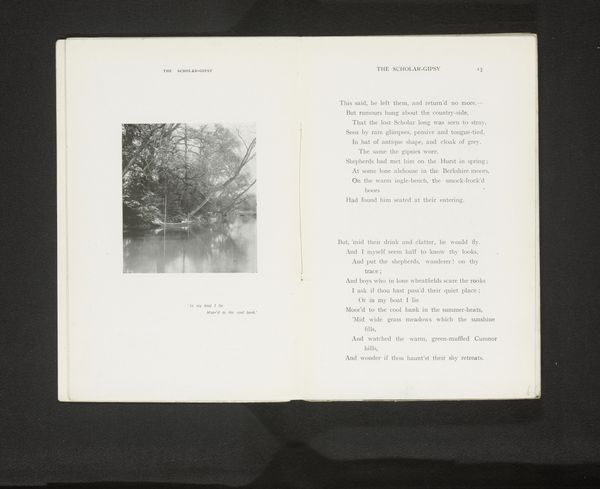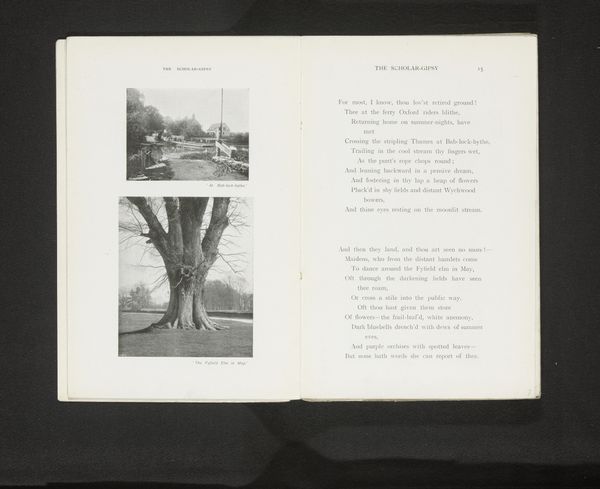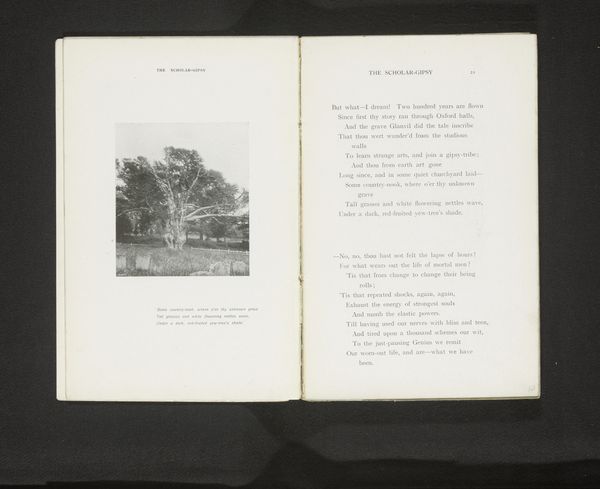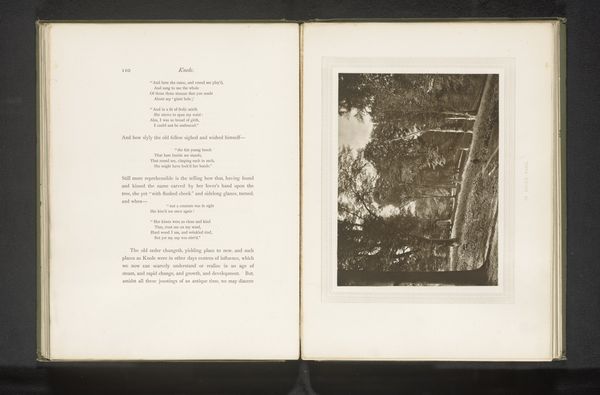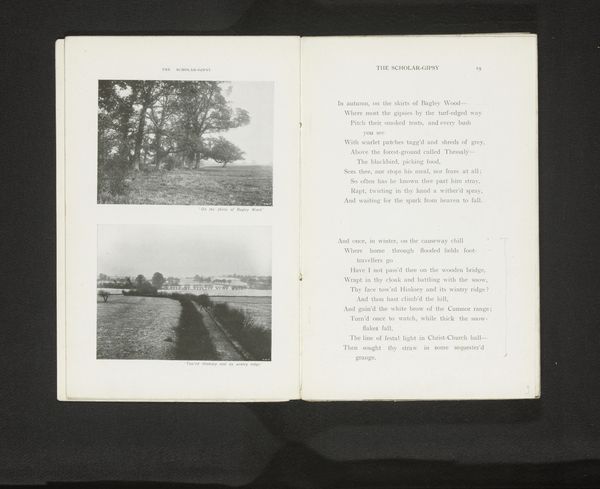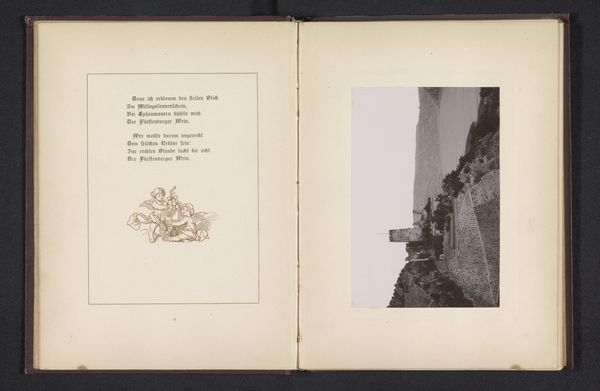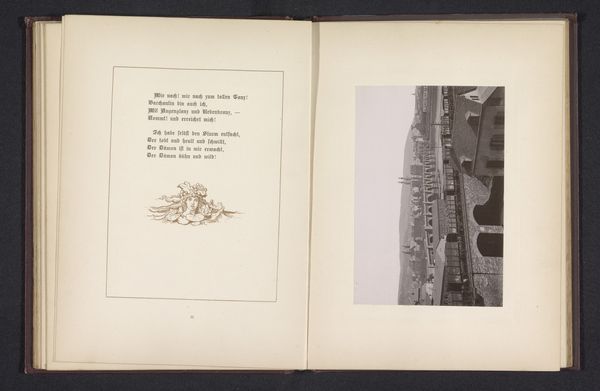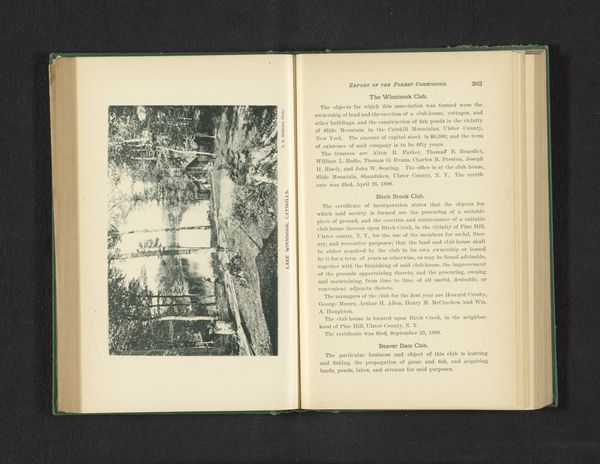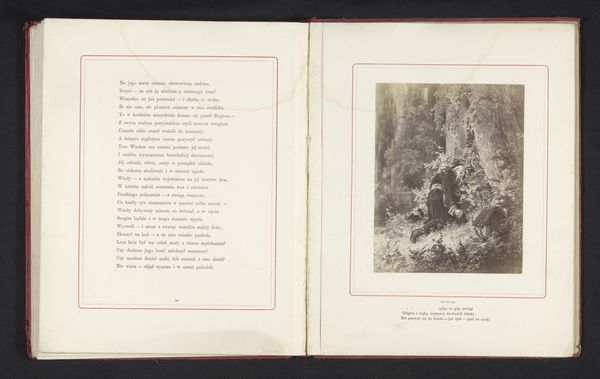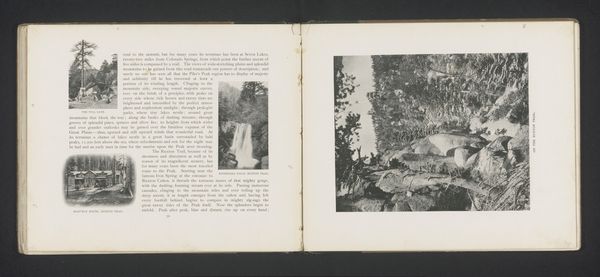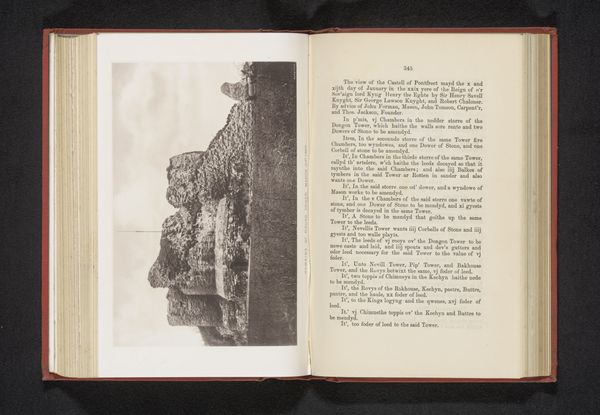
print, photography, albumen-print
# print
#
landscape
#
photography
#
cityscape
#
albumen-print
#
building
Dimensions: height 158 mm, width 107 mm
Copyright: Rijks Museum: Open Domain
Curator: Looking at this albumen print by Henry W. Taunt, titled “Gezicht op Universiteit van Oxford” or "View of Oxford University," made before 1912, I'm struck by its serenity. There's a sense of removed observation. Editor: I agree, a distant peace emanates from this cityscape. The gothic towers rising from the horizon, softened by the mist and lush trees in the foreground…it’s picturesque, almost utopian, wouldn’t you say? But who had access to that utopia? Curator: Exactly! The positioning of the photograph subtly reinforces existing social hierarchies. Taunt captured the university from a specific vantage point, probably from privileged estates or gardens, reinforcing notions of access and exclusion. He made his name photographing architectural landmarks for the emerging middle classes and aristocracy, but this print especially underscores who that idealized scene was, implicitly, for. Editor: So it’s less an objective cityscape and more a constructed view meant to propagate a certain image? I’m also curious about the choice to photograph in black and white, even though color photography existed. How does the tonality of the albumen print affect our reading? Curator: It lends an air of timelessness, doesn't it? The monochrome palette reinforces a nostalgic connection to a past when Oxford was seen as an ivory tower of knowledge and tradition, almost separate from contemporary socio-political issues of the time. Think about the intense class struggles, the women's suffrage movement. And none of that makes it into the picture here, creating, again, that specific narrative. Editor: That tension between beauty and access… I find it hard to reconcile. Still, artistically, the layering is striking. You have these verdant gardens leading up to the impressive spires in the distance. A soft but confident image overall. Curator: And that’s precisely where its power and politics reside; it asks us to see beauty, but also reflect on its context. These images become embedded within broader historical narratives, shaping public perception of space, power, and belonging. Editor: Indeed, understanding the "politics of imagery" is essential to any reading of photographs from that era. This image, while appearing idyllic, makes you ponder more than just architectural charm. Curator: It serves as a reminder that every view, even one as seemingly objective as a cityscape, is shaped by the artist’s choices and the society in which they lived.
Comments
No comments
Be the first to comment and join the conversation on the ultimate creative platform.

